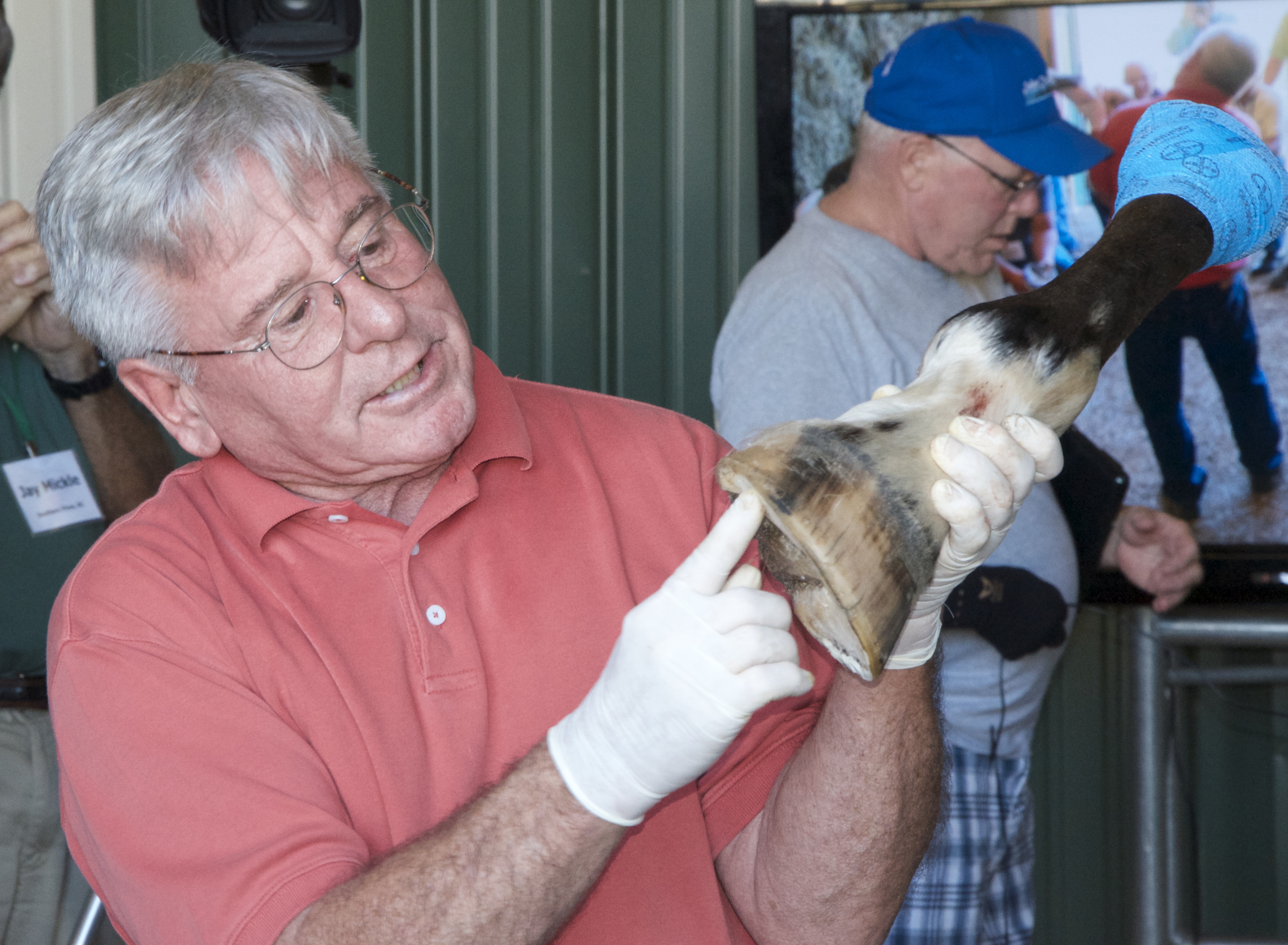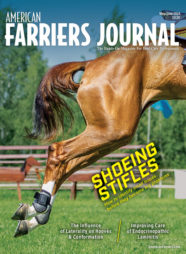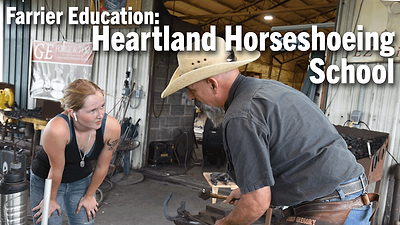Farriers increasingly must understand the inner workings of the equine foot in order to effectively maintain and treat the various injuries, lamenesses and wounds that afflict the distal limb.

“More is being demanded of each of us,” Mike Savoldi told attendees at the Northeast Association of Equine Practitioners Symposium in Norfolk, Va. “We have begun the process of looking at the equine hoof from the inside out — examining the internal structures to better understand how what we do affects the animal.”
The hoof’s exterior will provide farriers clues as to what is occurring on the inside, says Savoldi, who is director of the Equine Research Center in Shandon, Calif.
“Everything that happens inside the hoof is somehow reflected on the outside,” he says, “but an understanding of the internal workings is critical to properly interpreting the exterior of the hoof.”
That understanding comes with experience, but Savoldi cautions farriers against rushing headlong into any conclusion.
“I have dissected and studied hundreds of hooves taken from cadavers,” he says. “No two hooves are the same and each one has something new to teach me. I encourage you to take any opportunity to examine firsthand the inner workings of the hoof. No words or system can substitute hands-on experience.
“A little knowledge can be dangerous, though. Take your time, go slowly and apply what you learn gradually.”







Post a comment
Report Abusive Comment